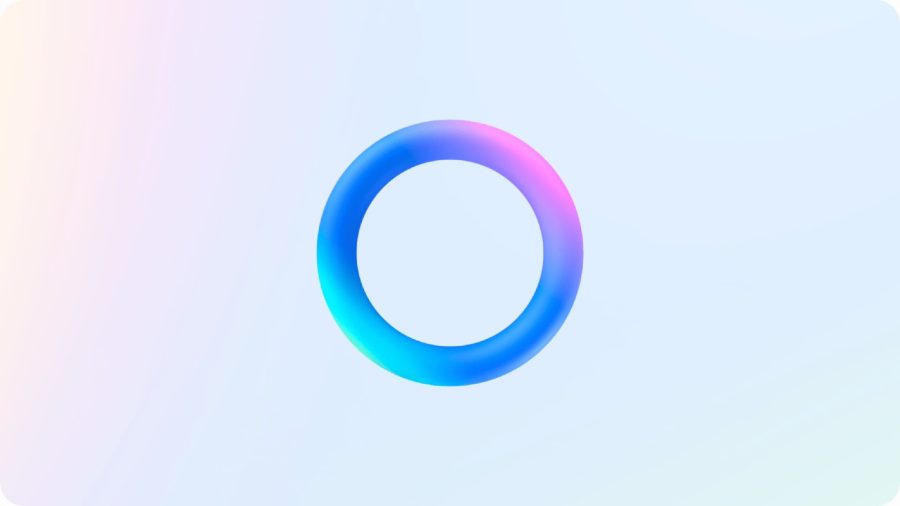I woke up this morning to the gentle buzz of the Fitbit Flex’s silent alarm. It’s one of the device’s nicest features, despite having nothing whatsoever to do with fitness tracking.
And that’s the limitation I’ve found after spending two and a half weeks with a wearable fitness tracker: It integrates itself into my life in pleasant little ways, but at the end of the day, it leaves me on my own to figure out what to do next. I love the info I’m getting, but I still don’t know how best to utilize the data or exactly when or how to change this habit and that behavior.
How can I take that mound of data and aim it head-on at my issues of problems of laziness, self-motivation and unhealthy behavior?
(See also Can A Fitness Tracker Really Change Your Life? Part One Of A First-Person Experiment.)
What Has Changed
Since living with the Fitbit, I am far more consciously aware of everything I do that even remotely affects my health. Wearing a tracker makes you think about how often you opt for the elevator, how full your plate is at every meal, and how much sleep you get on a daily basis. While I’m not neccesarily eating any better, I’m becoming more aware of what I eat too often (bagels) and not enough (anything green).
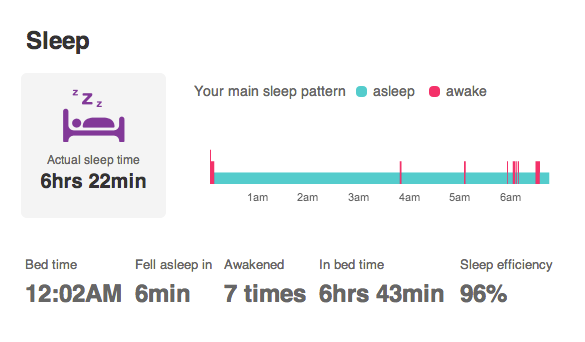
On the flip side, since wearing the tracker I’ve been sleeping more – and I feel that I’ve been sleeping better. Before using the Flex I’d been down to about five to six hours a night. And my sleep efficiency for the last two weeks has risen to a pretty stellar 94%.
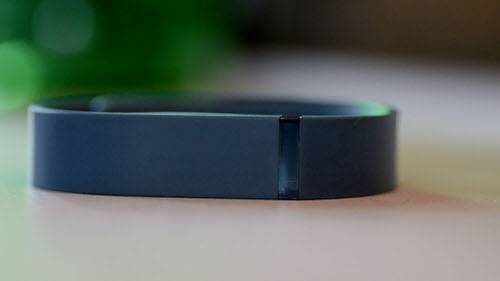
But like I said earlier, I’m not getting much in the way of suggestions. It would be great, for instance, if the Fitbit app on my iPhone let me know when I was spending an unhealthy amount of time sitting, perhaps with a nudging notification telling me to go take a walk. Instead, it just shows a depressing pie chart, making sure to highlight my time spent wasting away in a chair with the color gray.
Of course, most everyone spends an enormous, and undoubtedly unhealthy, amount of time being sedentary, derailing workout ambitions staring at computer screens and opting for convenient but unhealthy lunch choices. What we really need is help taking control of these ingrained lifestyle habits.
While it’s shouldn’t be hard to consciously decide to take more walks and change up your daily routine, it would be great to get some help actually making it happen.
The Flaws Of The Fitbit Flex
Beyond the general shortcomings of all fitness trackers, the Fitbit Flex isn’t completely flawless. Biking on a bumpy road or strumming a guitar throw off the pedometer and get tracked as steps. Don’t look for 100% accuracy in any of these devices, but it’s downright obnoxious when the device goes into sleep mode three or four times during a bike ride because your wrist gets jolted.
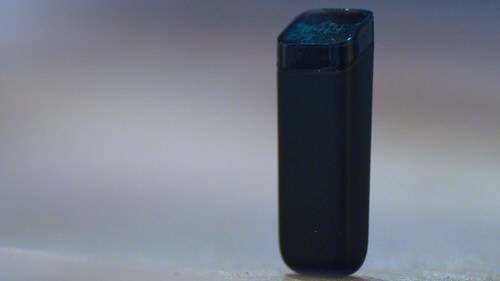
Fitbit also insists on powering its devices with a proprietary charger. I mentioned this in my first post, but it’s become even more of an issue as time goes on. Unlike the Nike Fuelband, which can plug directly into a USB port, the Flex’s very small tracker must be slipped out of the wristband and plugged into that easy-to-misplace charger. Because the device is meant to be worn 24/7, you need to tote that charger to work and back if you don’t want the thing to die on you.
My Weekly Goals
In my initial post, I made it clear that my experiment was about using data to improve my lifestyle and changing bad my bad habits – not losing weight. My goals were to consistently meet my daily step counts (7,500 on weekdays and 10,000 on weekends), and burn more calories than I consume. As it turns out, I’m hitting my weekday goals about half the time – two-thirds of the time on weekends. Through some very deliberate choices, however, I managed to burn more calories than I took in every day.
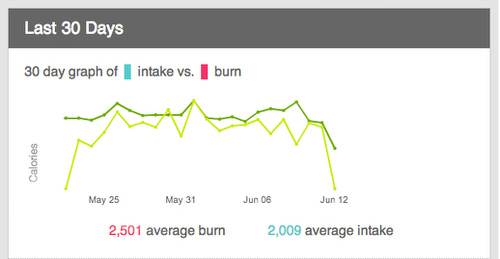
It came down to knowing when – and likely which – foods would put me over the edge. Armed with that info, I was able to choose not to indulge or to offset an indulgence with serious exercise. I do believe the Fitbit Flex facilitated this achievement.
Looking forward to the next phase of my experiment, my aim is to keep burning more calories than I take in, but also to tackle new problems: my still-problematic dietary habits and my inability to make substantive changes to my daily routine. (A key goal: spending less time spent sitting on my butt.) After all, if fitness tracker won’t push you, you need to use the data to push yourself.
I plan to post part three later this month.
Photos by Eliot Weisberg for ReadWrite.









